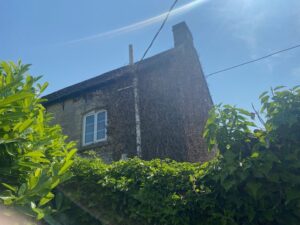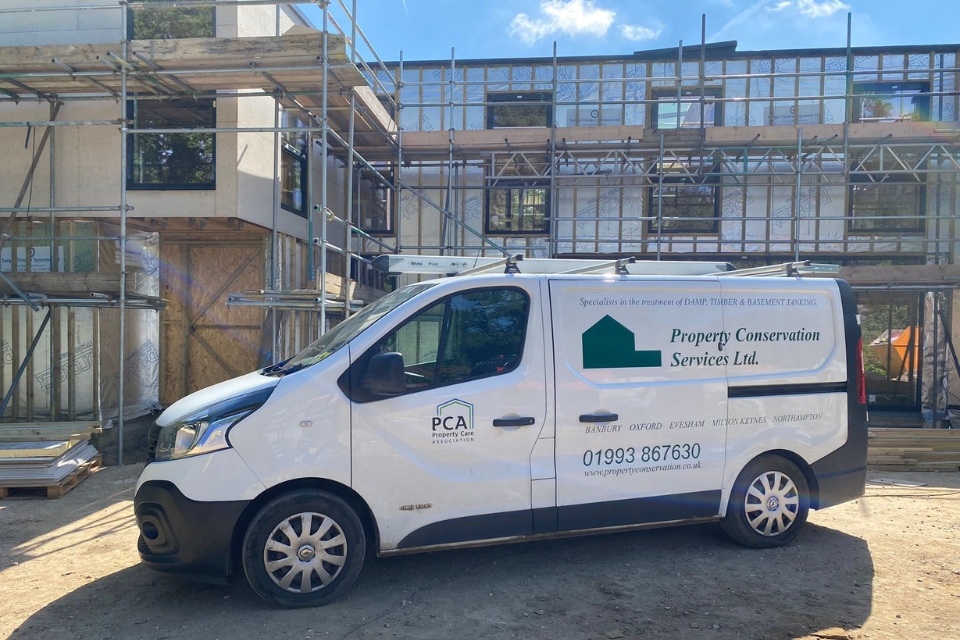Whilst damp problems can be common in residential properties, commercial and educational buildings are not immune. Occupants of the building, including employees, faculty, students and visitors should not be exposed to risks such as unpleasant smells, black mould and damaged property or even belongings.
With that in mind, here are the common damp problems to look out for in commercial and educational buildings:
Building defects
Ill-fitting window and door frames, broken rainwater goods and missing or dislodged roofing elements are often the cause of rain penetration and common damp problems. Regular maintenance inspections of the building should highlight these issues before they become a real concern, although occasionally it is the occupants who notice the damp first.
Pre-winter checks are always a good idea for these areas, as well as inspecting and protecting external pipes that may freeze and ensuring ground levels haven’t encroached on the damp proof course.
Condensation
In contrast to ill-fitting windows and doors that may also cause draughts, effective windows may cause condensation inside the property through prevention of ventilation. This is a higher risk if the internal air is warmer and contains a higher level of moisture, such as a high occupancy office, or a classroom full of students.
Areas of wall that are partly obscured by large pieces of furniture like filing cabinets have insufficient air circulation and condensation may accumulate where it is not so readily noticed.
Again, regular maintenance checks are useful, as is increasing the ventilation of the room so moist air can circulate and escape. You may also consider a product such as Isotherm which is easy to retro-fit and raises the internal wall surface temperature, preventing the condensation of moisture completely.
Age and plant growth
The age of the property does have an impact on its damp control measures. Broken, missing or bridged damp proof courses (DPCs) can result in penetrating or rising damp in period properties such as many schools in rural areas. Over time, ground level may increase through groundworks and be the cause of the bridging.

Heavy plant growth up the exterior of the building may look pretty, but this can also damage period DPCs, pointing, wooden window and door frames, and rainwater goods.
And you guessed it, regular maintenance inspections can prevent these problems.
Who is responsible for dealing with damp in commercial property?
Typically, the landlord of the property is responsible for building inspections and the remedial work for any problems. This depends on your lease, so it’s worth checking.
Whoever it is that is responsible, damp problems in commercial property need to be addressed as quickly as if they were in your home.
Your commercial or educational building may need re-landscaping, gutter clearance and some gardening, but it may also require more substantial works such as installation of membrane, chemical DPC, timber replacement and replastering.
Something to consider is having a damp survey conducted at the very first signs of any damp problems. Get in touch with our office to make your booking or use the enquiry form for a quick response.

